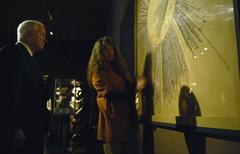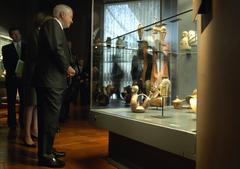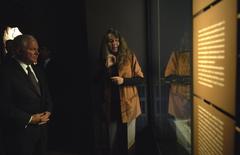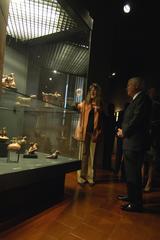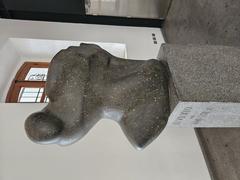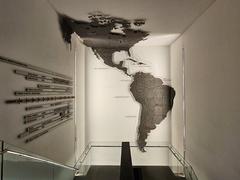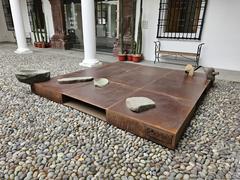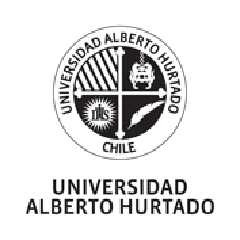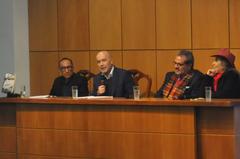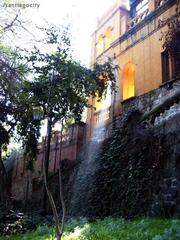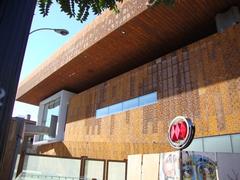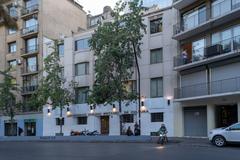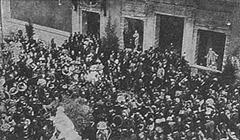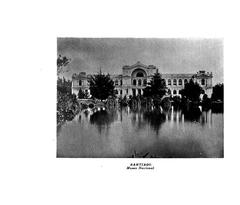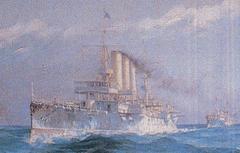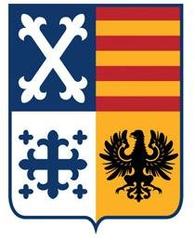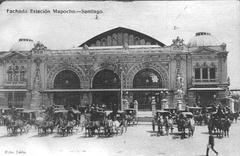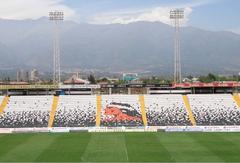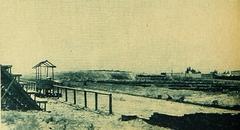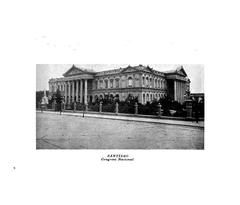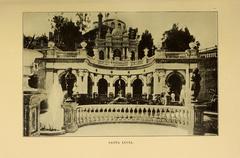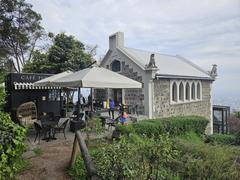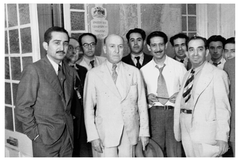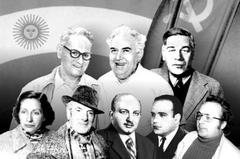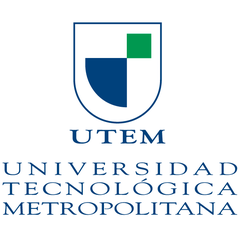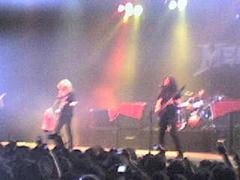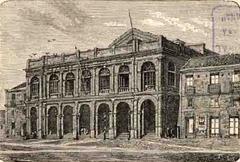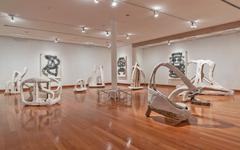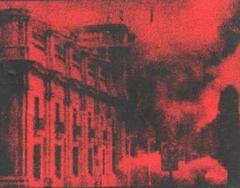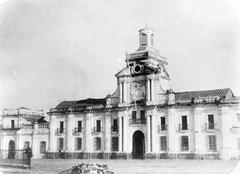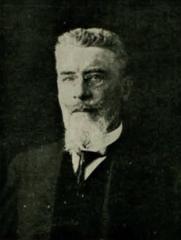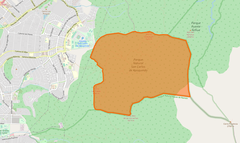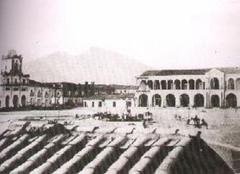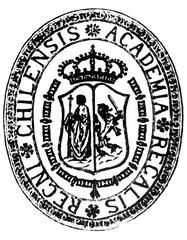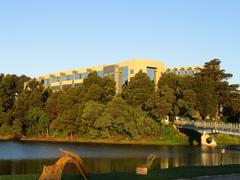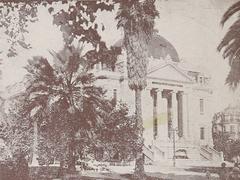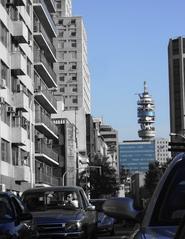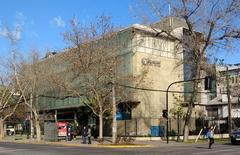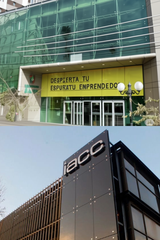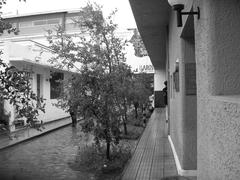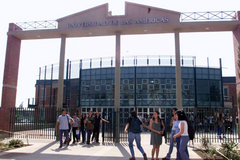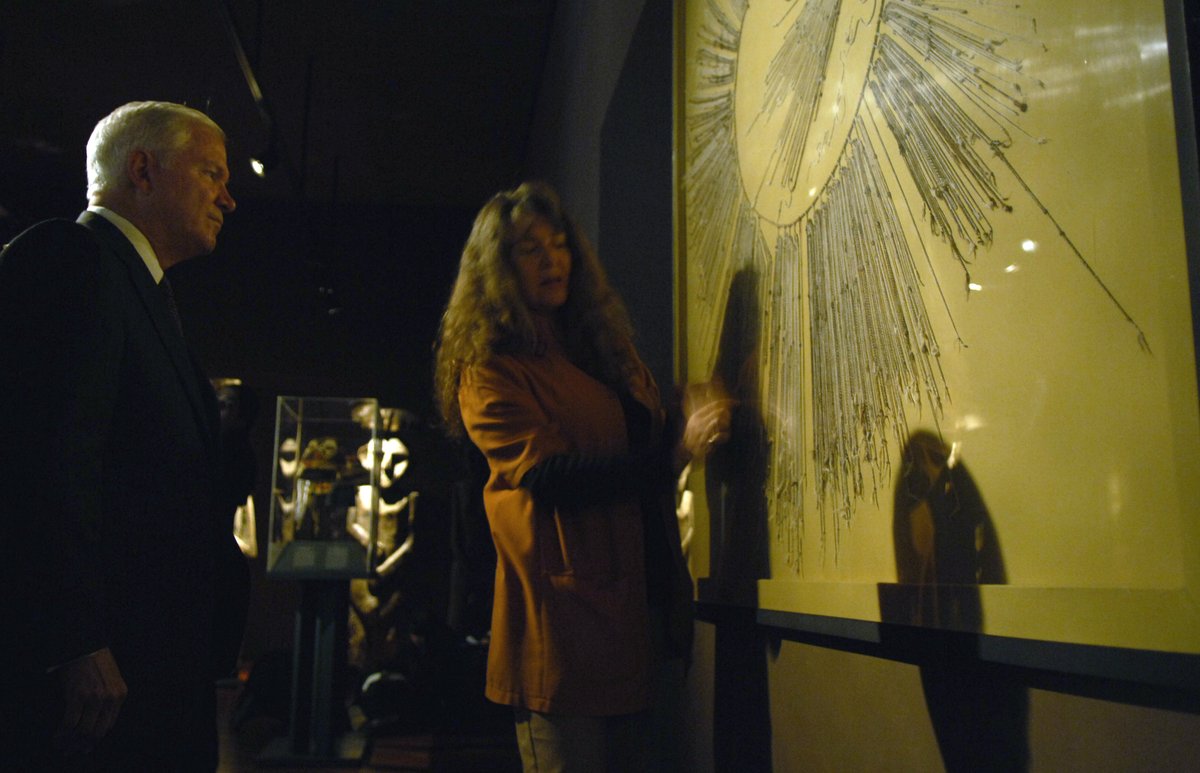
Comprehensive Guide to Visiting Palacio de la Real Aduana de Santiago, Santiago, Chile
Date: 18/07/2024
Introduction
The Palacio de la Real Aduana de Santiago, located in the bustling heart of Santiago, Chile, stands as a monumental edifice of immense historical, architectural, and cultural significance. Constructed between 1805 and 1807 by the Spanish architect Juan José de Goycolea y Zañartu, this neoclassical masterpiece initially served as the Royal Customs House. Its establishment was a direct response to Santiago’s burgeoning trade activities during the colonial period, necessitating a formal customs office to regulate and facilitate commerce (Santiago Tourist). Today, the palace houses the Museo Chileno de Arte Precolombino, a museum dedicated to the art and culture of pre-Columbian civilizations in Latin America, offering a comprehensive understanding of the region’s rich cultural history (Museo Chileno de Arte Precolombino). This guide provides detailed information on the palace’s history, architectural details, cultural offerings, and practical visitor information such as visiting hours and ticket prices, ensuring an enriching visit to this iconic landmark.
Table of Contents
- Introduction
- History of Palacio de la Real Aduana de Santiago
- Current Use and Cultural Significance
- Visitor Information
- Visitor Tips
- FAQ
- Conclusion
- References
History of Palacio de la Real Aduana de Santiago
Origins and Construction
The construction of the Palacio de la Real Aduana de Santiago began in 1805 under the direction of the Spanish architect Juan José de Goycolea y Zañartu. Originally intended to serve as the Royal Customs House, the building was completed in 1807, making it one of the oldest surviving public buildings in Santiago.
Architectural Style
The palace is a prime example of neoclassical architecture, featuring a symmetrical façade, grand columns, and a pediment adorned with classical motifs. The use of local materials and the adaptation of European architectural principles to the Chilean context make this building a unique representation of colonial architecture in South America.
Role During the Colonial Period
During the colonial period, the palace was the central hub for the collection of customs duties and taxes on goods entering and leaving the colony. This function was vital for the Spanish Crown, ensuring a steady flow of revenue from the lucrative trade routes connecting Europe, Asia, and the Americas.
Post-Independence Transformation
Following Chile’s independence from Spain in 1818, the palace underwent several transformations. In 1845, it was repurposed to house the National Mint, reflecting the new republic’s need for a centralized institution to manage its currency.
Earthquake and Restoration
The Palacio de la Real Aduana has withstood several earthquakes, most notably the 1960 Valdivia earthquake. Extensive restoration efforts have preserved the historical and architectural integrity of the palace while reinforcing its structure to withstand future seismic events.
Current Use and Cultural Significance
Today, the Palacio de la Real Aduana de Santiago houses the Museo Chileno de Arte Precolombino, dedicated to the art and culture of pre-Columbian civilizations in the Americas. The museum’s collection includes artifacts from various indigenous cultures, providing a comprehensive understanding of the region’s rich cultural history.
Visitor Information
Ticket Prices and Opening Hours
- Tickets: General admission tickets are available for purchase at the museum entrance or online. Discounts are often available for students, seniors, and children.
- Opening Hours: The museum is typically open from 10:00 AM to 6:00 PM, Tuesday to Sunday. It is closed on Mondays and public holidays.
Guided Tours and Special Events
Guided tours are available and offer detailed explanations of the building’s design, construction, and historical transformations. The museum also hosts special events and temporary exhibitions, providing additional insights into pre-Columbian art and culture.
Nearby Attractions
The Palacio de la Real Aduana is located near other historical sites in Santiago, such as the Plaza de Armas, the Metropolitan Cathedral, and the Central Market. These nearby attractions make it easy to plan a full day of sightseeing in the city.
Visitor Tips
Travel Tips
The palace is easily accessible via public transportation, including buses and the Santiago Metro. Parking is also available nearby.
Accessibility
The museum is wheelchair accessible, and accommodations are made for visitors with disabilities.
Photographic Spots
The neoclassical architecture and historical significance of the building make it a great spot for photography. Be sure to capture the grand columns and detailed pediment.
FAQ
Q: What are the Palacio de la Real Aduana de Santiago visiting hours?
A: The museum is typically open from 10:00 AM to 6:00 PM, Tuesday to Sunday.
Q: How much are the tickets for the Palacio de la Real Aduana de Santiago?
A: General admission tickets are available for purchase at the museum entrance or online, with discounts for students, seniors, and children.
Q: Are guided tours available?
A: Yes, guided tours are available and offer detailed explanations of the building’s design, construction, and historical transformations.
Conclusion
The Palacio de la Real Aduana de Santiago is not merely an architectural gem but also a vibrant symbol of Chile’s dynamic history. From its origins as a colonial customs house to its current role as the Museo Chileno de Arte Precolombino, the building encapsulates the evolution of Santiago and the broader Chilean nation. The museum’s extensive pre-Columbian art collection, combined with the palace’s neoclassical architecture, offers visitors a unique and enriching cultural experience. Located near other historical sites such as the Plaza de Armas and the Metropolitan Cathedral, the palace is an essential destination for anyone exploring Santiago’s rich heritage. Whether you’re a history enthusiast, an art lover, or simply a curious traveler, a visit to the Palacio de la Real Aduana de Santiago promises to be a memorable journey through the past and present of Chilean culture. For more updates and information, consider following us on social media or checking out related posts (Museo Chileno de Arte Precolombino).
References
- Santiago Tourist. (n.d.). Palacio de la Real Aduana. Retrieved from Santiago Tourist
- Museo Chileno de Arte Precolombino. (n.d.). Visit Us. Retrieved from Museo Chileno de Arte Precolombino
